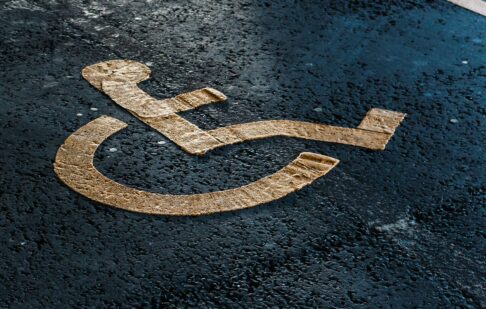Electric vehicles have exploded in popularity with thousands of motorists choosing to make the switch from traditional fuels to fully electric or hybrid driving.
If you’re still on the fence or looking for answers and information to help you to decide if an EV is right for you, we can help.
We’ve pulled together tips, information, and advice to help you make the right decision about whether to make the jump to EV.
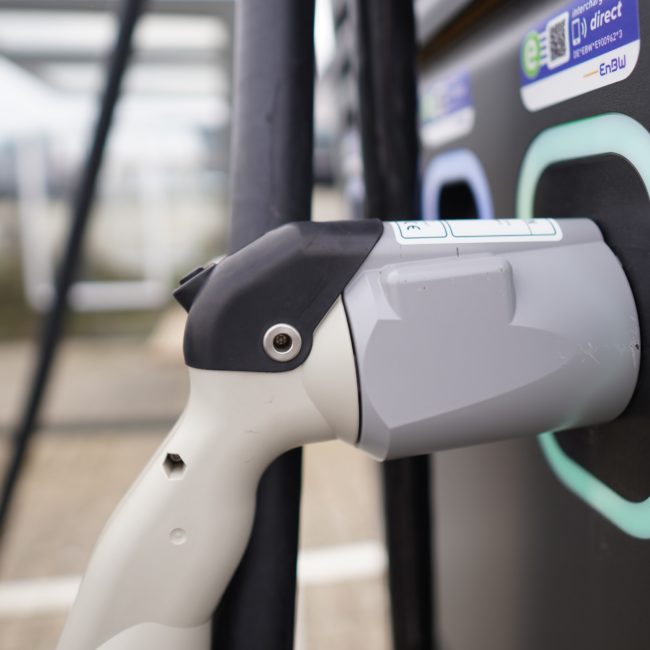
The differences between EV and traditional fuel
The obvious difference between an EV and a traditional vehicle is how its powered. Instead of petrol or diesel an EV is powered by a series of batteries which you can charge up at a dedicated charging location.
That could be a charger on a car park or potentially one fitted to your home.
The benefit of this way of ‘refuelling’ is you aren’t tied to a petrol station or forecourt. You just plug your car in and go about your day. There’s a growing infrastructure in the UK to help support the uptake in EV. Chargers are cropping up in loads of places, from multistorey car parks to supermarkets.
Charging
How you charge varies from location to location, but for the most part you’ll be connecting your car to a charging station using the charging cable that comes with your vehicle.
Charging is really simple, plug your vehicle in and then follow the instructions at the charger to get started. Some might require an app, others a contactless payment.
Sometimes you might find someone parking in the charging bay that you need. This is called ICEing, our Evology charger helps to combat this problem and helps make sure that you can always get at a charger when you need one.
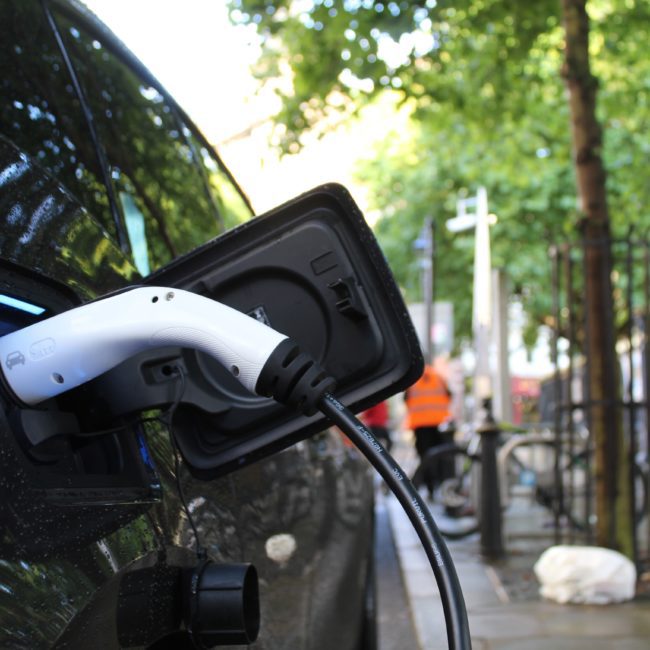
Does how you drive change?
EVs take the concept of an automatic further. There are no gears to speak of which to some extent makes driving them easier.
Because they’re powered by electricity and there are much fewer moving parts the power is put down a lot faster so the car might feel a bit quicker setting off for example.
The way you drive doesn’t necessarily have to change, but if you are making the switch to EV, it might be worth having multiple test drives to not only find the model you prefer but also to get used to the specific quirks that go along with EV motoring.
EVs are seen as the cars of the future, which is why so many of them are packed with different technology. From regenerative breaking to help your car keep charging while you drive to large single consoles, sat navs, and in car entertainment.
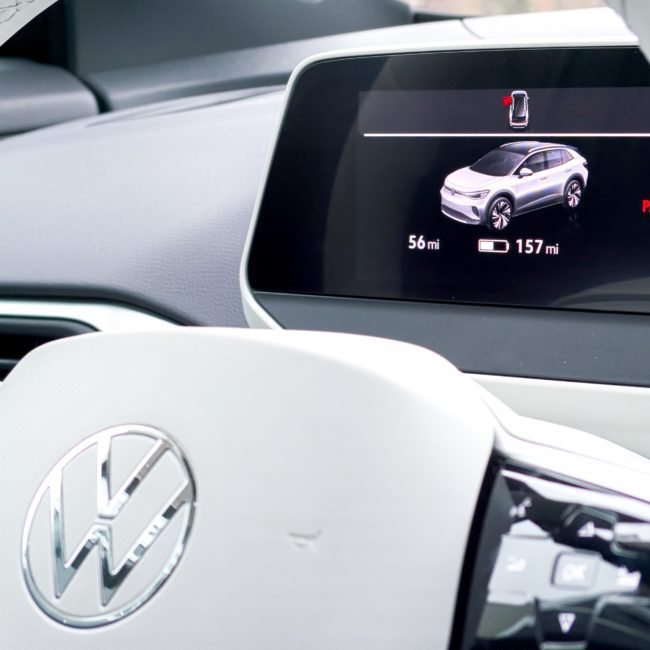
Costs
As EVs began to grow in popularity a large part of their appeal was the cheaper cost of energy over petrol, free road tax and better running costs.
But with the world being economically all over the place at the minute is that still the case?
Well, yes and no.
Currently EVs have free road tax. This means you have to register for tax so there’s a record of your car but there’s nothing to pay. From 2025 this is changing, with drivers having to pay road tax for their EV. This will vary from vehicle to vehicle. It’s important to keep this in mind when you’re looking at transitioning to an EV as while it isn’t a hit to your finances now it could be a nasty surprise down the line if you aren’t prepared.

MOTs, servicing, and repairs
All cars need an MOT regardless of them being electric or not.
In theory with an EV there’s less to go wrong due to there being fewer moving parts and less wear and tear. This means that ideally each year you’re only really paying for the MOT itself as opposed to any major repairs.
The only real thing to keep an eye on with an EV is the general wear and tear all cars have, like the tyres, wiper blades and keeping your windscreen washer bottle topped up.
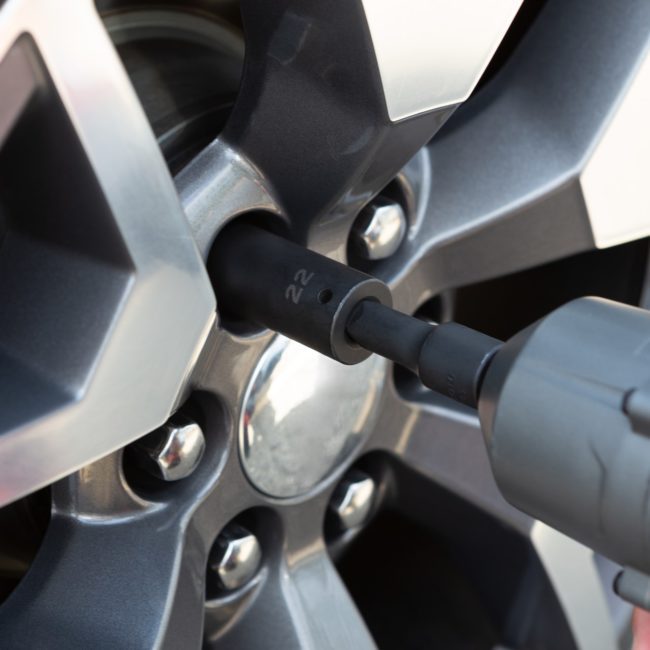
Understanding range
The main thing to understand with your EV is the concept of range.
It comes up a lot when discussing EV, but it’s fundamentally the same as when drivers talk about miles per gallon.
Range can vary from car to car, but there are ways to drive and prepare for a trip that can help you squeeze a few extra miles out of your EV before you need to recharge. We’ve even put a blog together to explain then, which you can read here.
Range can be extended by giving your vehicle a quick top-up charge while you’re on a journey. Instead of a lengthy full charge you can give your battery a quick top up at a service station or rest-stop while you rest and stretch your legs.
For more EV tips, travel advice and ways to make getting from A to B easier, follow us on social media.
Priority bays – a quick guide
Priority bays exist in car parks across the UK to help different people, with different needs, go about their day...
Pre-booking parking to skip the stress
Trying to find somewhere to park can be a nightmare, whether that’s not being able to find the space you...
Make your journey as good as the destination
Any journey, whether it's a day out or a big adventure of a road trip, is something we all look...
